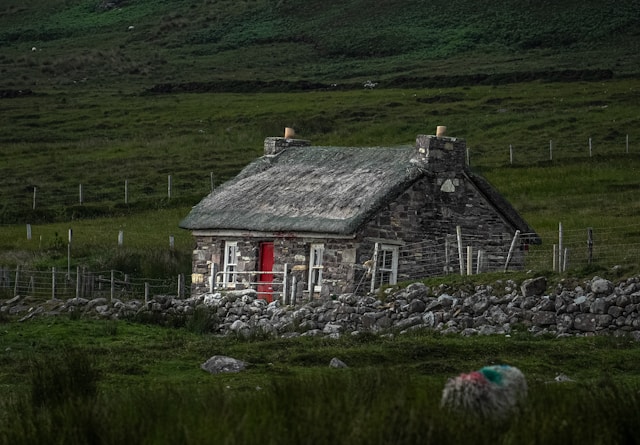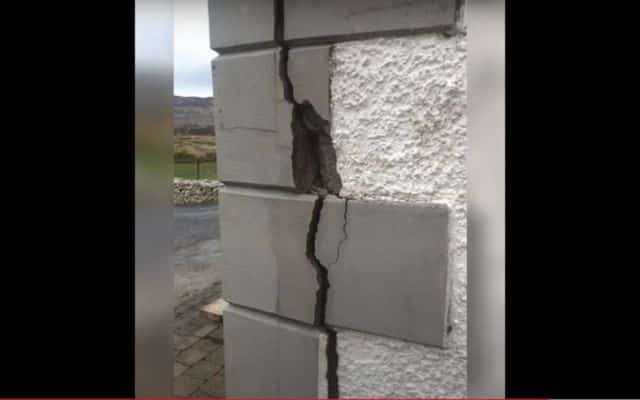The ‘Bringing Back Homes Manual’ provides technical and grant advice to those renovating a vacant or derelict building in ROI.
In this article, we cover:
- What the changes are
- Overview of the new Manual
- Housing For All Update – Vacant Homes grant
- Vacant Homes Action Plan Progress Report
- Total grant money paid out by local authorities to date
- Number of Vacant Homes Grants applied for by local authority
The ROI Department of Housing, Local Government and Heritage has published an updated version of its Bringing Back Homes Manual.
The guide reflects changes in policies and grants for property refurbishment.
Bringing Back Homes Manual
The revised edition includes updates on policy, regulations, technical guidance and support schemes for renovating vacant and derelict properties for residential use. It is beneficial for property owners applying for the Vacant Property Refurbishment Grant.
The revised guide consists of five highly detailed chapters:
Chapter 1: Outlines policy context and regulatory requirements for refurbishing or converting vacant or derelict buildings for residential use. Topics include planning, conservation, building regulations, fire services, energy performance and infrastructure.
Chapter 2: Describes the process for bringing existing buildings back into residential use. It covers regulatory questions, design work, approvals, and conversion opportunities for four common building types: existing dwelling, two-storey building with over-the-shop accommodation, three-storey building with over-the-shop accommodation and multi-storey building (non-dwelling).
Chapter 3: Expands on how building regulations apply to three common building types with high reuse potential, explaining the scale of intervention required for each option.
Chapter 4: Provides information on available assistance, grants and incentives to support bringing vacant or derelict properties back into use.
Chapter 5: Presents successful refurbishment examples for building types outlined in Chapter 2.
‘Real progress’
The manual was published on April 24, at the Housing For All Q1 2024 Update.

“Breathing life back into old buildings doesn’t just bring new life to our cities, towns, villages and rural areas. It is sustainable development which will help us towards our climate objectives.”
“The updated Bringing Back Homes Manual, published today, is an excellent resource for those interested in restoring and renovating vacant and derelict buildings. Government will remain focused on making further progress in this area as we continue to implement our Housing for All Plan.”
Housing For All update highlights include:
- 7,530 Vacant Property Refurbishment Grant applications received
- Almost 60 per cent of them (4,376) approved to date
- 265 grants paid to applicants as refurbishment works are completed

Vacant possibilities
In July 2022, the Vacant Property Refurbishment Grant was introduced under the Croí Cónaithe Towns Fund as part of the Housing for All initiative. This grant aims to support the refurbishment of vacant and derelict properties, making them more affordable for potential buyers and owners who want to transform them into homes.
The grant amount was increased significantly in 2023. Now, applicants can receive up to €50,000 for refurbishing a vacant property and an additional €20,000 if the property is derelict. The grant was also expanded to include properties intended for rental purposes, and it is now available nationwide.
According to the latest Vacant Homes Action Plan 2023-2026 Progress Report, feedback on the grant has been “overwhelmingly positive,” with over €12.6 million in grant funds paid out by local authorities so far, as refurbishment works are completed.
Of the total number of grant applications, 54 per cent were for Vacant Property Refurbishment Grants and 46 per cent for the Derelict Property Top-Up.
The local authority with the most grant applications so far is Donegal County Council (668), with Galway City Council recording the lowest (54).
In light of the grant’s success, the Government has agreed to increase the target for homes delivered under the Croí Cónaithe Towns Fund from 2,000 to 4,000 by 2025.











